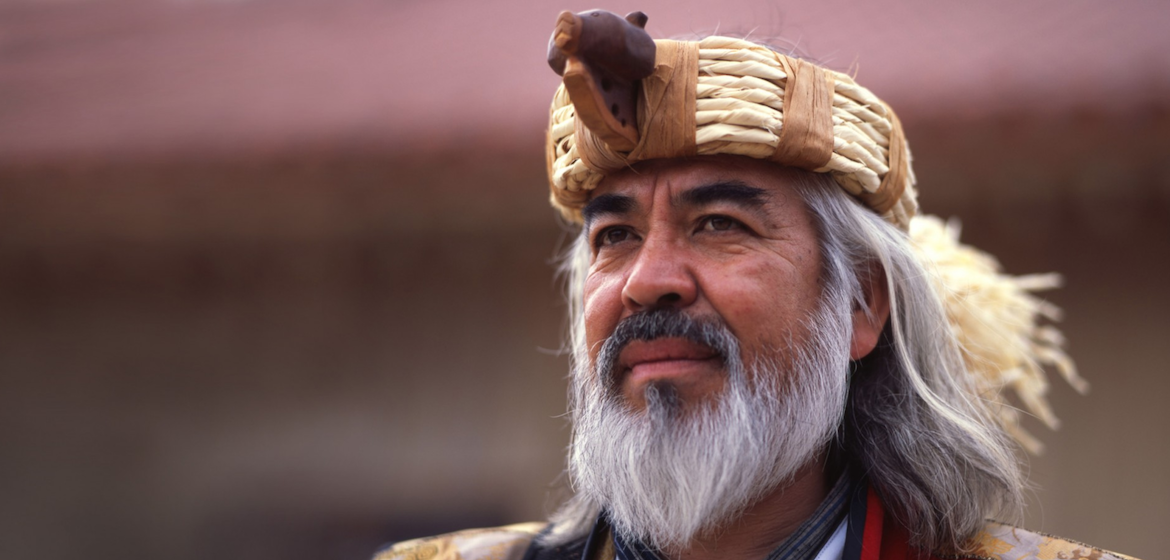“The Ainu, like their ancestors, shared their land with an important predator. The brown bears of Hokkaido, Ursus arctos yesoensis, are closely related to the grizzlies and Kodiaks of the New World, though they’re on the smallish side, with males reaching two meters in height and fattening to almost 200 kilograms.
In the north, the lives of the Ainu and their ancestors were closely entwined with the bears, their fiercer cousins. Where bears fished, humans fished. Where bears picked monkey pear, humans picked monkey pear. Where bears tramped, humans tramped. They were kindred spirits, and so strong was the connection between humans and bears, that it lasted across time and cultures. The people honored bear spirits through ritual for thousands of years, deliberately placing skulls and bones in pits for burial. And in historical times, written accounts and photographs of a bear ceremony show that the Ainu maintained this deep kinship.
Rebun Island’s sites are crucial to authenticating the relationship. Excavating the island’s well-preserved shell middens can reveal much more than volcanic Hokkaido with its acidic soil that eats bone remains. And it appears that ancient islanders, bereft of any ursine population, must have imported their bears from the Hokkaido mainland. Did they struggle to bring live bears to the island, via canoe? A big, seagoing canoe with oars and a sail, but still.”
Please continue reading at article source.
Article Source:



